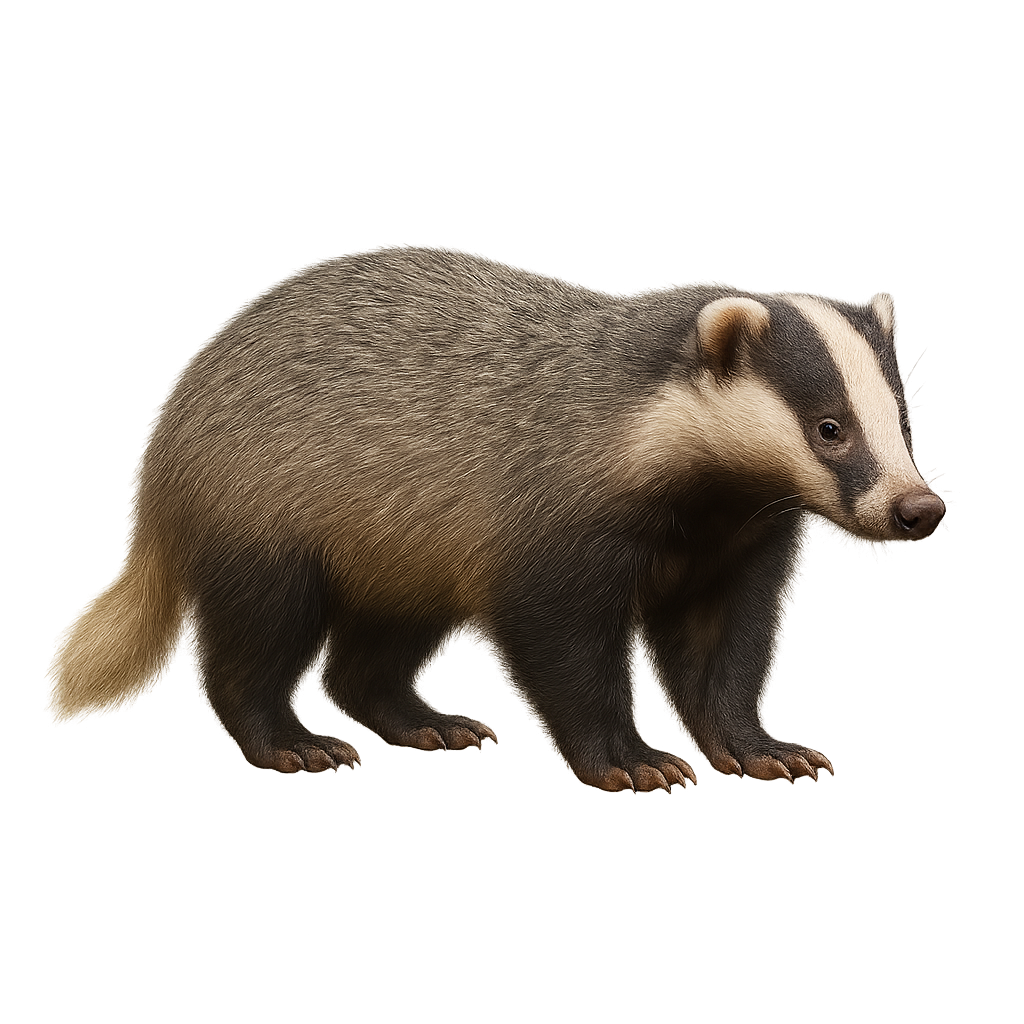Your wildlife photography guide.
Explore the japanese badger in detail, study its behavior, prepare your shots.
Where to observe and photograph the japanese badger in the wild
Learn where and when to spot the japanese badger in the wild, how to identify the species based on distinctive features, and what natural environments it inhabits. The WildlifePhotographer app offers tailored photography tips that reflect the japanese badger’s behavior, helping you capture better wildlife images. Explore the full species profile for key information including description, habitat, active periods, and approach techniques.
Japanese Badger
Scientific name: Meles anakuma

IUCN Status: Least Concern
Family: MUSTELIDAE
Group: Mammals
Sensitivity to human approach: Suspicious
Minimum approach distance: 10 m
Rut period: March to April
Gestation: 220-240 jours
Births: November to December
Habitat:
forests, mountainous areas, grasslands
Activity period :
Mainly active at night, generally discreet during the day.
Identification and description:
The Japanese badger, Meles anakuma, is a medium-sized mammal known for its thick fur and distinctive facial stripes. It primarily inhabits forests and mountainous areas in Japan. This badger is nocturnal, spending the day in burrows it digs itself. It feeds on a variety of foods, including insects, small mammals, and fruits. Although generally solitary, it can sometimes be seen in small family groups. Its ability to adapt to different habitats and its discreet behavior make it difficult to observe in the wild.
Recommended lens:
300mm – adjust based on distance, desired framing (portrait or habitat), and approach conditions.
Photography tips:
To photograph the Japanese badger, it is advisable to use a telephoto lens of at least 300 mm to capture detailed images from a distance. The best chances of observation are at dusk or dawn when the animal is active. Be patient and discreet to avoid scaring it away. Use a tripod to stabilize your camera in low-light conditions. Opt for high ISO settings to compensate for the lack of natural light.
The WildlifePhotographer App is coming soon!
Be the first to explore the best nature spots, track rutting seasons, log your observations, and observe more wildlife.
Already 1 430 wildlife lovers subscribed worldwide

